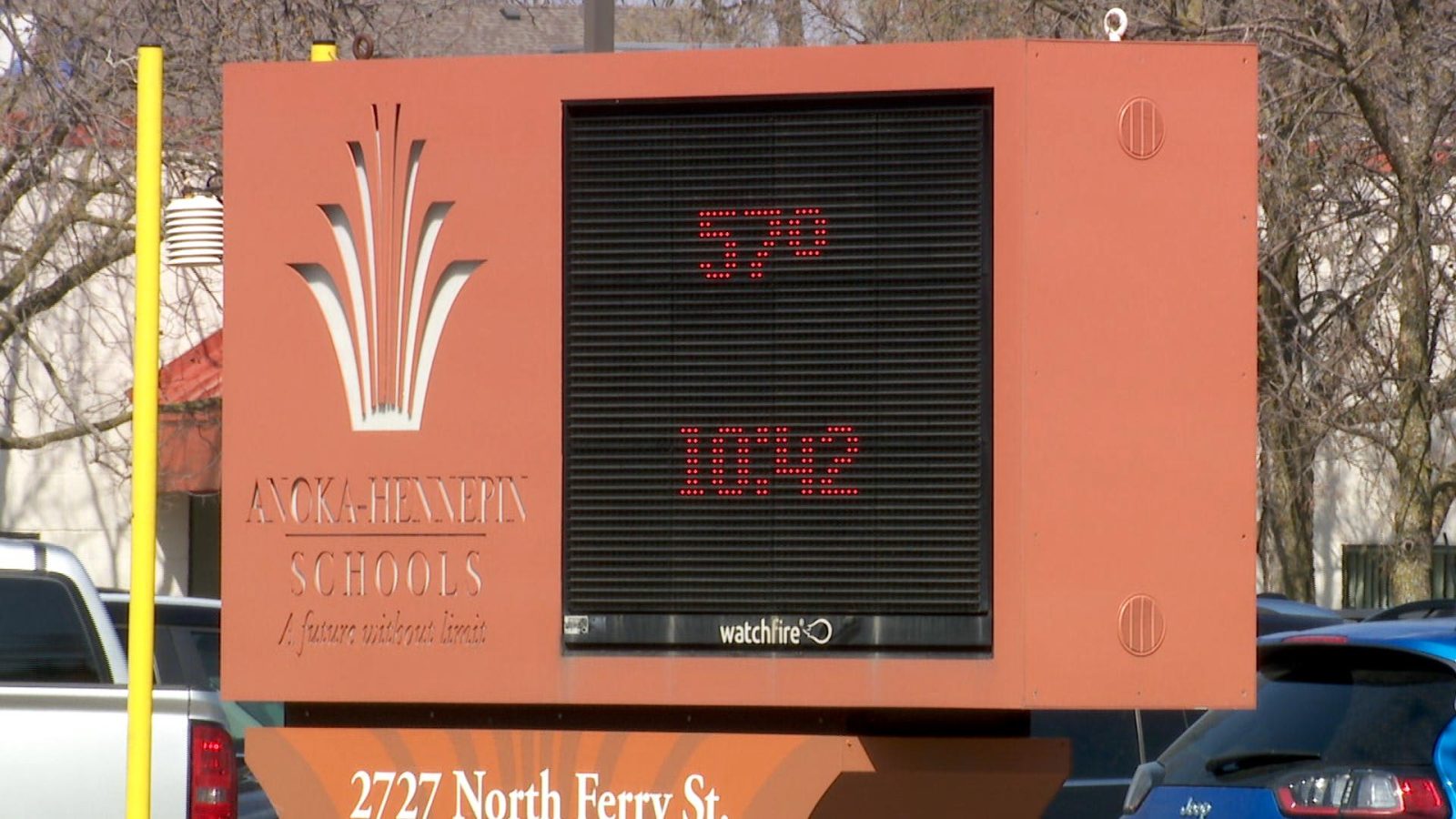Anoka-Hennepin School Board Ponders Significant Budget Cuts
Budget cuts are on the way to Anoka-Hennepin Schools, Minnesota’s largest school district.
The school board discussed two plans to cut more than $20 million from its budget this week.
“The reality is when we make budget cuts, there’s pain involved,” said Anoka-Hennepin School Board Co-Chair Zach Arco, noting the tension in the room. “There absolutely will be pain.”
Early this year, the district set out to cut approximately $30 million from the 2025-2026 budget.
Superintendent Corey McIntyre says the district faces budget constraints brought on by several factors. COVID-19 pandemic relief funds expired this year, while the settlement of district employee contracts added new budget pressures.
Inflation, and unfunded government mandates are also cited as financial challenges for the district.
The district cut about $5 million from the 2024-2025 budget earlier this year.
Now, the school board needs to decide how to handle the remaining $26 million budget gap.

Budget cuts are on the way to Anoka-Hennepin Schools, Minnesota’s largest school district.
Potential Cuts
At the request of the board, district staff brought two proposals for cutting the budget.
In one option, the district would attempt to keep cuts away from classrooms. That requires the district to spend down a portion of its funding reserves, while also cutting $5 million from the central office.
For this option to be viable, the district would have to ask voters to increase their property taxes at the ballot box. That vote would come in the form of an operating referendum and would be on the ballot in November 2025.
With the second option, all $26 million in cuts would move forward in the 2025-2026 budget.
About 53 percent of those cuts would hit the district offices and central services, while 47 percent would impact schools directly.
Approximately 100 staff members from the central office would have their jobs eliminated in the budget cuts.
Board Member Michelle Langenfeld said she was worried about the unintended consequences of these cuts.
“Are we giving consideration to the impact of the cuts in central office and what they will do to the student in the classroom?” she said. “Eventually it works both ways.”
Class sizes would increase throughout the district as teacher are cut. Elementary schools could expect to see an average increase of one student per class as staffing is reduced by one percent.
Middle and high schools see a larger impact from cuts.
Middle schools could expect an average increase of four students per class as staffing is reduced by 6 percent. High schools would have an increase of five students per class as 5 percent of staff are cut.
Instruction coaching, academic interventions and enrichment programming would also see a budget reduction.
The board is expected to vote on a budget in late November.


